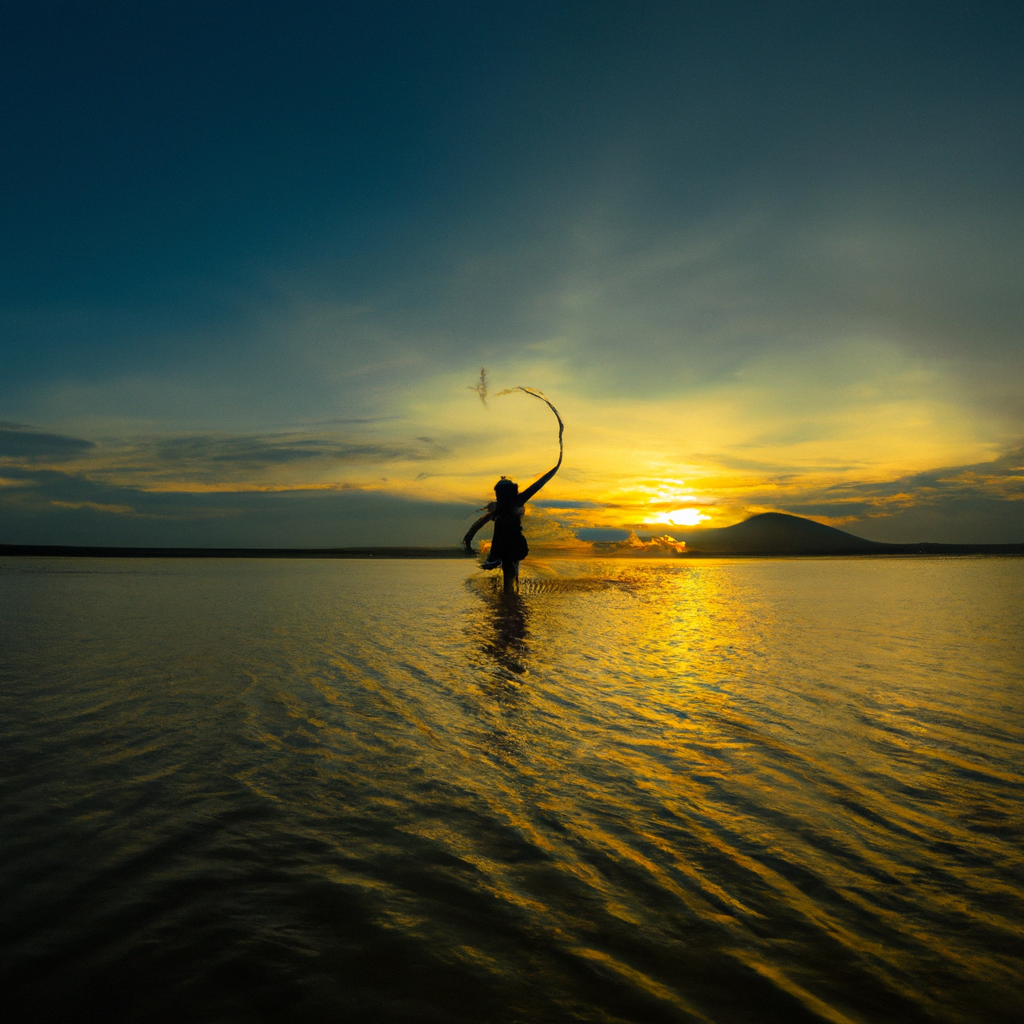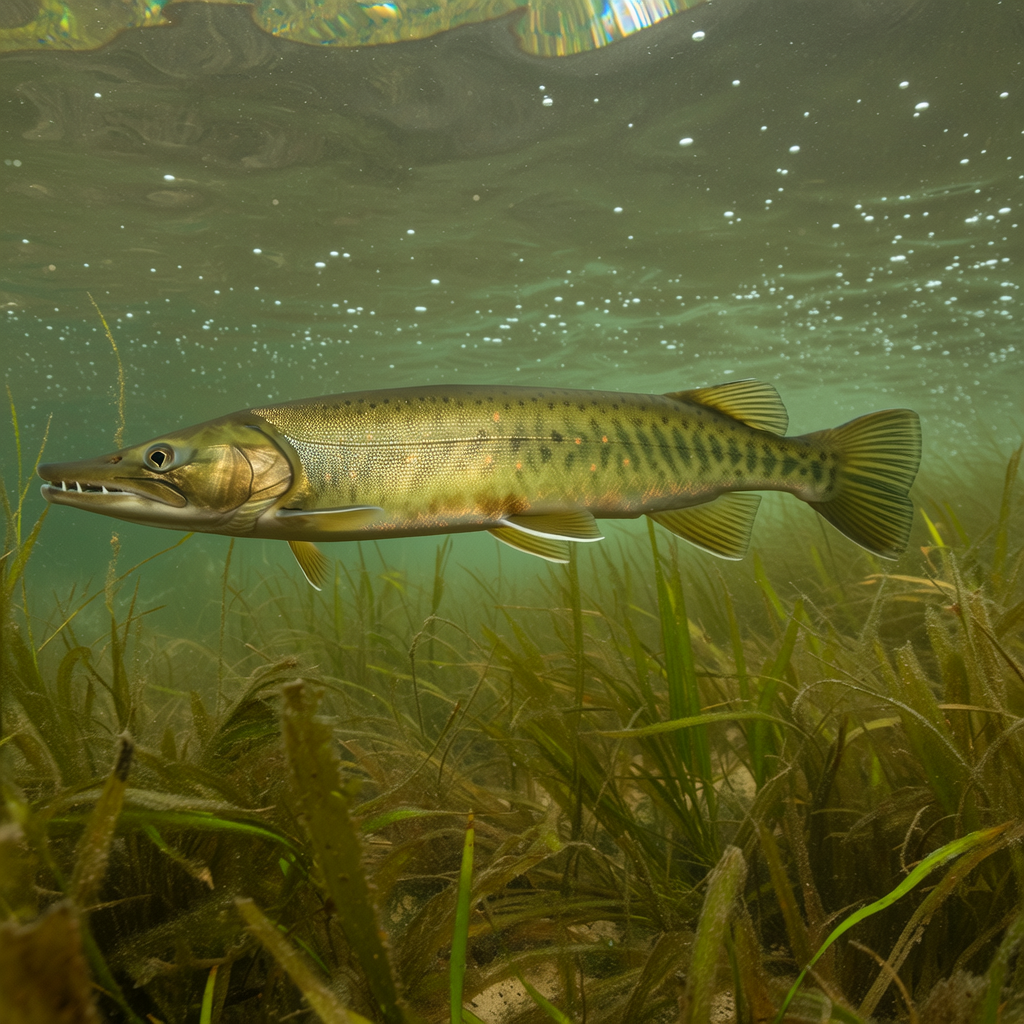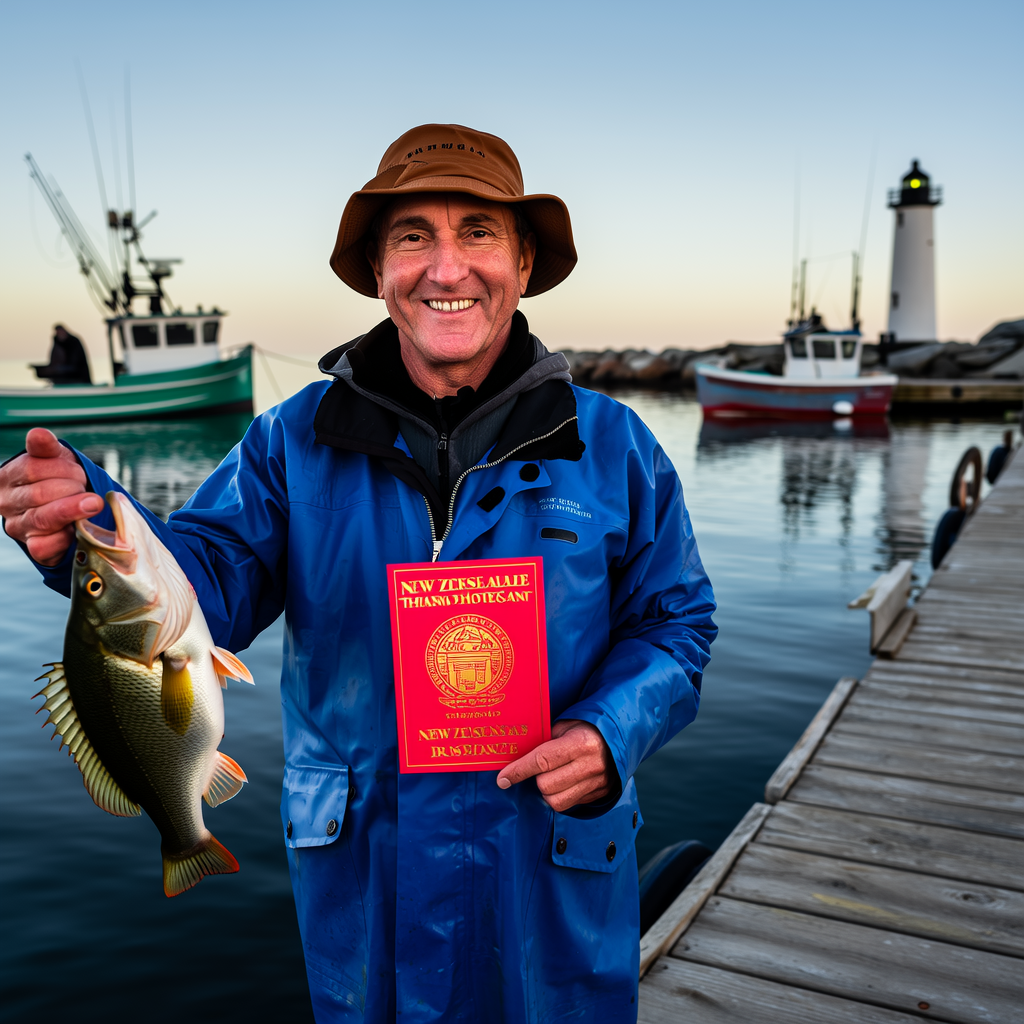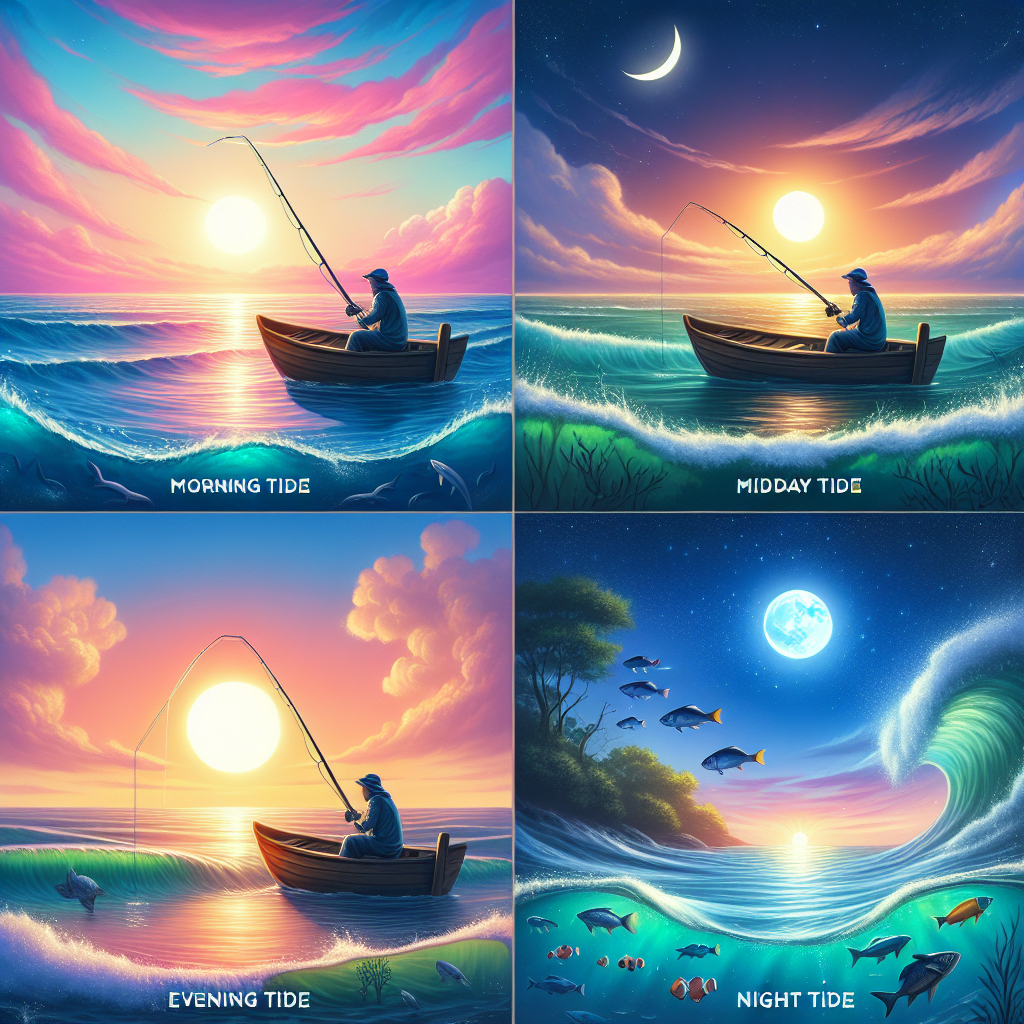Timing is crucial when it comes to fishing. Different species of fish become more active at certain times of the day. You can increase your chances to catch a large fish by knowing the best time of day for fishing. In this comprehensive guide we will explore various factors that affect fish behavior and highlight optimal times to cast your lines.
Understanding fish behavior is important
Before we get into the details of timing, let’s first understand the basic behavior of fish. Fish are ectothermic animals, which means their body temperature changes with the external environment. Their activity levels are directly affected by factors like water temperature, sunlight and food availability.
Throughout the day, fish have different patterns of behavior. Some species are more active in the daylight, while others prefer feeding during the dark hours of the night. Understanding these patterns will help you determine the best time to target certain species.
Factors that affect fish behavior
1. Water Temperature
The temperature of the water is a major factor in determining fish activity. Different fish species are more active in certain temperature ranges. Some freshwater species, such as bass and trout, are more active at cooler temperatures, while others, like catfish, thrive in warmer temperatures.
During the colder months, it is common for fish to become less active and retreat to deeper areas of water where temperatures are more constant. As the water heats up, fish are more active and will move to shallower areas to find food.
2. Seasonal Changes
Fish behavior is greatly affected by seasonal changes, especially in spring and fall. As water temperatures increase in spring, fish become more energetic and move closer to shorelines to spawn. This is considered to be the best time to fish because fish are actively eating and more vulnerable to bait.
In the fall, fish will feed heavily in order to build up reserves before winter. Anglers can take advantage of this by observing how they tend to gather in certain areas to feed. Understanding these seasonal patterns will improve your fishing success.
3. Lunar Phases & Tides
The moon has a major impact on fish behavior, particularly in saltwater fishing. During new and full moon phases, tidal movements increase, which can cause fish to feed more aggressively. Many anglers think that fishing at high tides can result in better catches. These high tides are influenced by lunar phase.
Moon phases can also influence fish feeding patterns. Certain species, such as trout, have been known to feed more aggressively at certain moon phases. The best time to fish can be determined by monitoring lunar phases and tides.
Best times to fish during the day
1. Early Morning
Early morning, just before sunrise is often considered prime time for fishing. After a restful night, the water is usually calm and the fish are more active. Many species feed near the top of the water during this time. This makes it a great time for fly fishing or topwater fishing.
In addition, the lack boat traffic and angler activities in the early morning allows fish to move freely and feed without being disturbed. Arrive at your fishing spot before sunrise to maximize the chances of success.
2. Late Evening
The late evening hours, just before sunset, can be equally productive as early morning. As the day cools, fish become more active. They move to the shallows looking for prey. This time of day is ideal for catching predatory species, which are known to hunt in low-light conditions.
While casting your line, you can enjoy a peaceful and tranquil experience as you watch the sunset. Pack some insect repellent as mosquitoes, and other insects are more active at this time.
3. Overcast or Cloudy Days
Cloudy or overcast days can provide exceptional fishing opportunities. Fish are more likely to venture out of hiding when the sun is less intense and the water temperature is cooler. Use lures or baits to attract fish in these conditions.
Cloudy days also allow for better visibility for the fish. The absence of direct sunlight makes it more difficult for them to detect any potential threats. Take advantage of this and explore areas which may be less productive on bright, sunny days.
Tips to Maximize Your Success
1. Plan Your Fishing Trip
Plan your fishing trip carefully to make the most out of it. Research the species that you want to target, and learn about their feeding habits and environmental conditions. This will help you to narrow down the best locations and times to fish.
2. Monitor weather and water conditions
Be sure to check the weather forecasts before you go fishing. Fish behavior can be affected by changes in barometric conditions, wind direction and temperature. You can increase your chances of fishing success by adapting your techniques to these conditions.
3. Be patient and persistent
Patience and persistence are essential for fishing. You may not catch a trophy fish on every trip, but if you consistently put in the effort, your chances of landing one will increase. Don’t be afraid to try different techniques, change your location, and adapt to the feedback from the fish.
Conclusion
The best time to fish on the water is determined by the weather. You can plan your fishing trips strategically by considering factors like water temperature, seasonal changes and lunar phases. While enjoying your time on water, remember to prioritize safety and environmental protection. Good luck, and tight lines!




